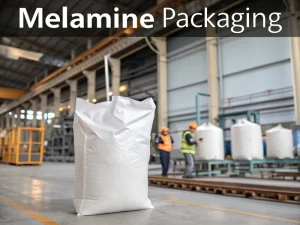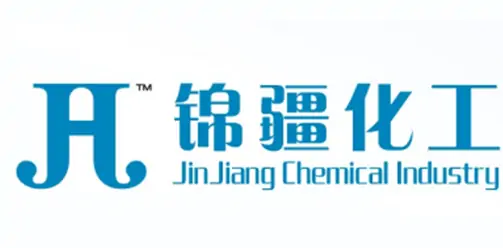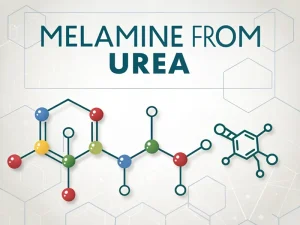
Melamine Packaging
Tech Blog Melamine packaging For manufacturers, inaccurate packaging not only fails to meet national standards but also increases labor costs and the risk of product


In the dairy industry, protein content is a key quality indicator. High protein milk powder is highly valued especially infant formula milk powder. Protein is an essential nutrient for human growth and development, especially for infants in the rapid growth stage of the body. For example, casein and whey proteins in milk powder provide essential amino acids for building and repairing tissues, as well as supporting the normal function of the immune system.
The traditional method for detecting protein content in milk powder is the Kjeldahl method. This method measures the total nitrogen content in the sample and then estimates the protein content based on the assumption that the protein contains a certain proportion of nitrogen (usually around 16%). The chemical formula of melamine is extremely high, with a nitrogen content of about 66.7%. This means that adding a small amount of melamine to milk powder will significantly increase nitrogen content, giving people the wrong impression of a high-protein product.
Some unethical dairy producers attempt to reduce costs by using low-quality raw materials in milk powder production. By adding melamine, they can compensate for the low protein content of these unqualified ingredients. For example, they may use cheaper milk substitutes or diluted milk sources instead of using high-quality fresh milk or milk solids. Melamine is considered a cheap method of manipulating protein content test results and is still sold at prices comparable to high-quality milk powder.
The dairy market is fiercely competitive, especially in the field of infant formula milk powder. Manufacturers are facing pressure to offer products at competitive prices while maintaining a high-quality appearance. Adding melamine is a shortcut to achieving this goal. By selling milk powder that falsely exaggerates protein content, they can gain a larger market share and higher profits. For example, in a price-sensitive market, if a company can offer seemingly high protein infant formula at a lower price than its competitors, it may attract more customers without realizing the harm caused by products mixed with melamine.

Before the outbreak of the melamine scandal in milk powder, many regulatory agencies in various regions did not have specific and strict regulations on the detection and allowable limits of melamine in milk powder. The focus is mainly on traditional quality parameters such as protein, fat, and moisture content. Therefore, due to the inability of current regulations to detect this illegal additive, there are no effective barriers to prevent the addition of melamine.
In addition, the frequency of testing is often too low. Dairy products may only undergo random testing at certain time intervals, which allows unethical producers to add melamine without being detected. For example, in some regions, milk powder factories only inspect a few times a year, which is not enough to prevent illegal activities.
The inspection team responsible for supervising the dairy industry often fails to conduct effective inspections. They may not have the necessary equipment or expertise to detect melamine. Some inspectors may also be careless and even collude with manufacturers. For example, in some cases, inspectors may have accepted bribes from dairy companies and turned a blind eye to the illegal addition of melamine.
The most tragic consequence of melamine milk powder is the harm it causes to infants. After ingestion of melamine, it can combine with cyanuric acid (which may also exist in the body or milk powder due to chemical reactions) to form insoluble crystals in the kidneys. These crystals can lead to the formation of kidney stones, and in severe cases, can also cause renal failure. Many infants who consume melamine-contaminated formula suffer from kidney problems, and some even lose their lives.
The melamine scandal in milk powder has seriously damaged consumers’ trust in the dairy industry. Parents have become very cautious about purchasing infant formula, especially baby formula. It took several years for the industry to regain some lost trust.
This scandal has led to a series of industry-wide reforms, including stricter regulation, more frequent testing, and higher production standards. Manufacturers have to invest heavily in new testing equipment, quality control systems, and employee training. Small and medium-sized dairy companies have been hit particularly hard, with some companies going bankrupt due to inability to meet new requirements and loss of market share.

Tech Blog Melamine packaging For manufacturers, inaccurate packaging not only fails to meet national standards but also increases labor costs and the risk of product

Tech Blog How to Detect Melamine in Textiles? Melamine powder, a nitrogen-containing heterocyclic compound, is widely used in flame-retardant textiles and plastic products due to

Tech Blog melamine from urea Melamine is well-known for its wide range of applications, but its raw material for production is surprisingly urea. For manufacturers,

JINGJIANG MELAMINE POWDER
© JINJIANG MELAMINE